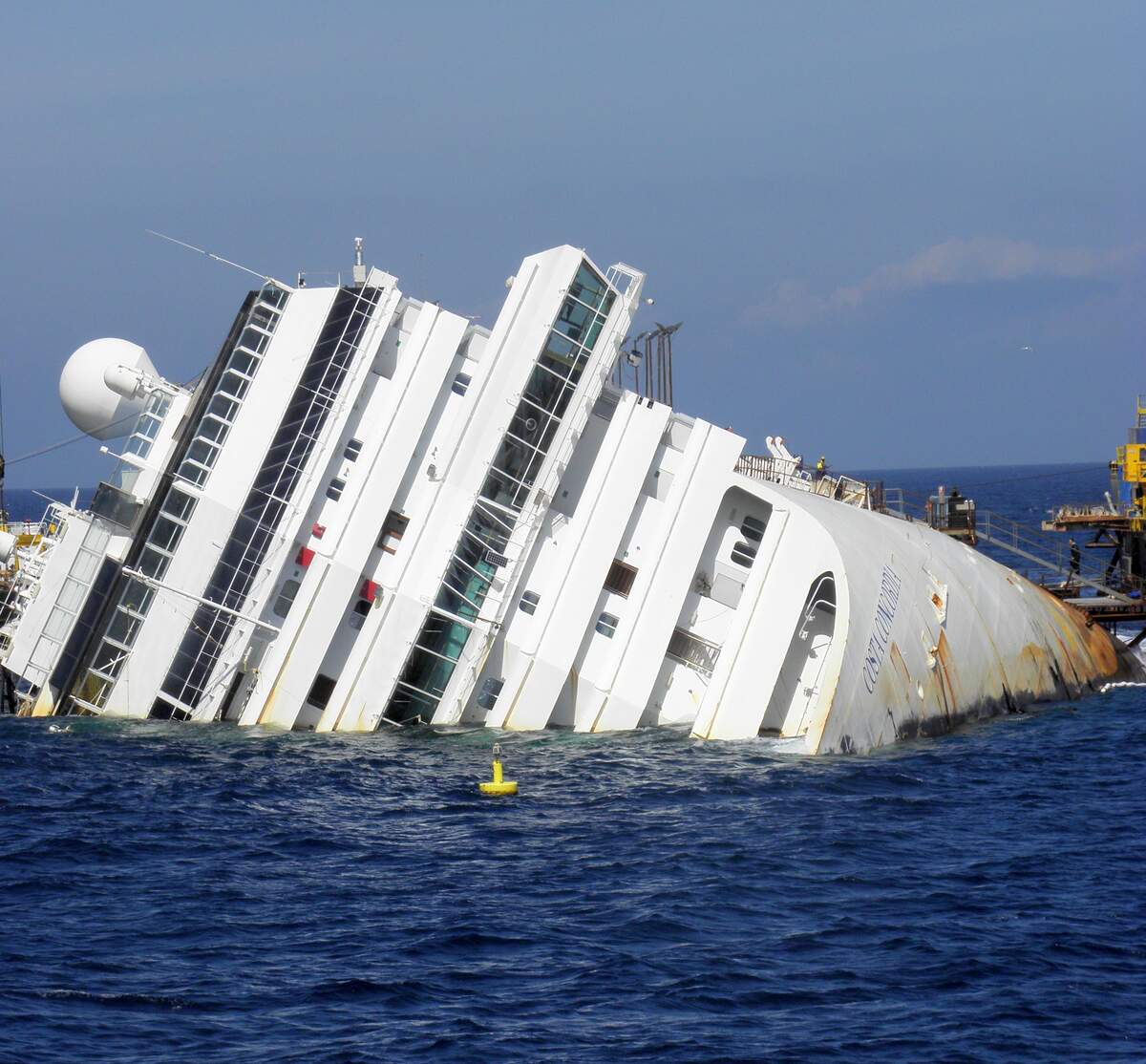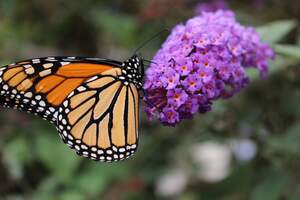

Disaster Day
Disasters come in many forms: shipwrecks, terrorist attacks, hurricanes, earthquakes, tornadoes, volcanoes, epidemics, floods, famines, fires, and more. Some are natural disasters, while others are man-made. Some are even a combination of the two, where human error or negligence couples with worldly forces. It is unknown why the holiday is held on February 5—perhaps it is because Pompeii experienced an earthquake on the date in 62 CE. On Disaster Day, we remember some of the great disasters of history, in part to stop them from happening again.
How to Observe Disaster Day
Mark the day by learning about some disasters in history. Although some disasters will always happen, by learning about them we will be more equipped to stop them from taking place, and better know how to respond to them when they do occur. The following are some noteworthy disasters in history:
- Sinking of the RMS Titanic
- Hindenburg disaster
- Waco siege
- Oklahoma City Bombing
- Pearl Harbor
- September 11 attacks
- 1960 Valdivia earthquake
- 1906 San Francisco earthquake
- 1556 Shaanxi earthquake
- 2010 Haiti earthquake
- 2004 Indian Ocean tsunami
- Hurricane Katrina
- Great Galveston Hurricane of 1900
- 1815 Mount Tambora volcano
- 79 Mount Vesuvius volcano
- 1982 El Chichón volcano
- The Great Chinese Famine
- Peshtigo Fire
- Black Death
- Smallpox epidemics
- Challenger and Columbia explosions





















